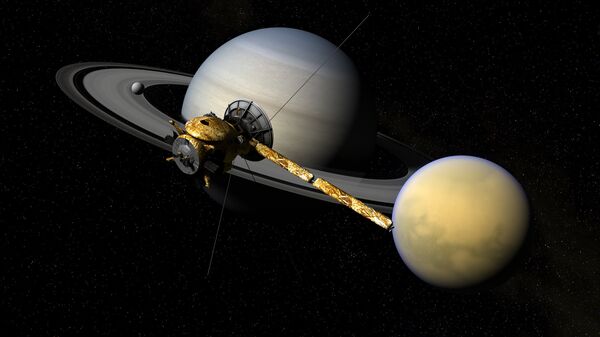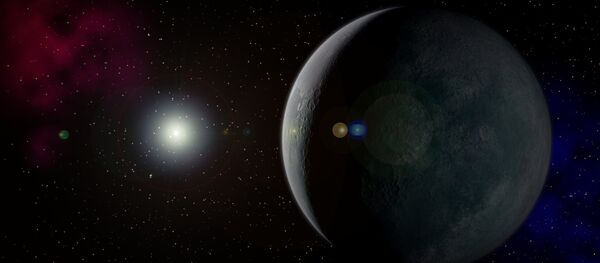The spacecraft has taken the pictures more than 1.1 million miles away from the planet at a 112 degree angle.
According to NASA, the images were captured in visible light with a narrow angle camera in June. The rings, described as A and F, appear to bend where they intersect with the planet's border. The atmosphere in space acts like a lens.
Breathtaking images of #Saturn taken by #NASA's #Cassini spacecraft pic.twitter.com/tJ2lzsdcbI
— Isabelle Antraygue (@isa_antraygue) July 27, 2016
"In its upper regions, Saturn's atmosphere absorbs some of the light reflected by the rings as it passes through," according to NASA.
"But absorption is not the only thing that happens to that light. As it passes from space to the atmosphere and back out into space towards Cassini's cameras, its path is refracted, or bent."
#Saturn image from #NASA's #Cassini #spacecraft. The storm's eye is 2,000 kms across with cloud speeds as 530 kph pic.twitter.com/JRKONVIfFB
— Window on The Sky (@windowonthesky) July 24, 2016
"The result is that the ring's image appears to be warped."
The Cassini spacecraft is not only on the lookout for alien life — but the mysterious, Planet Nine.
Research collated from a previous Cassini mission suggests that the most likely region home to Planet Nine is in a patch in the solar system near the Aires and Pisces constellations.



